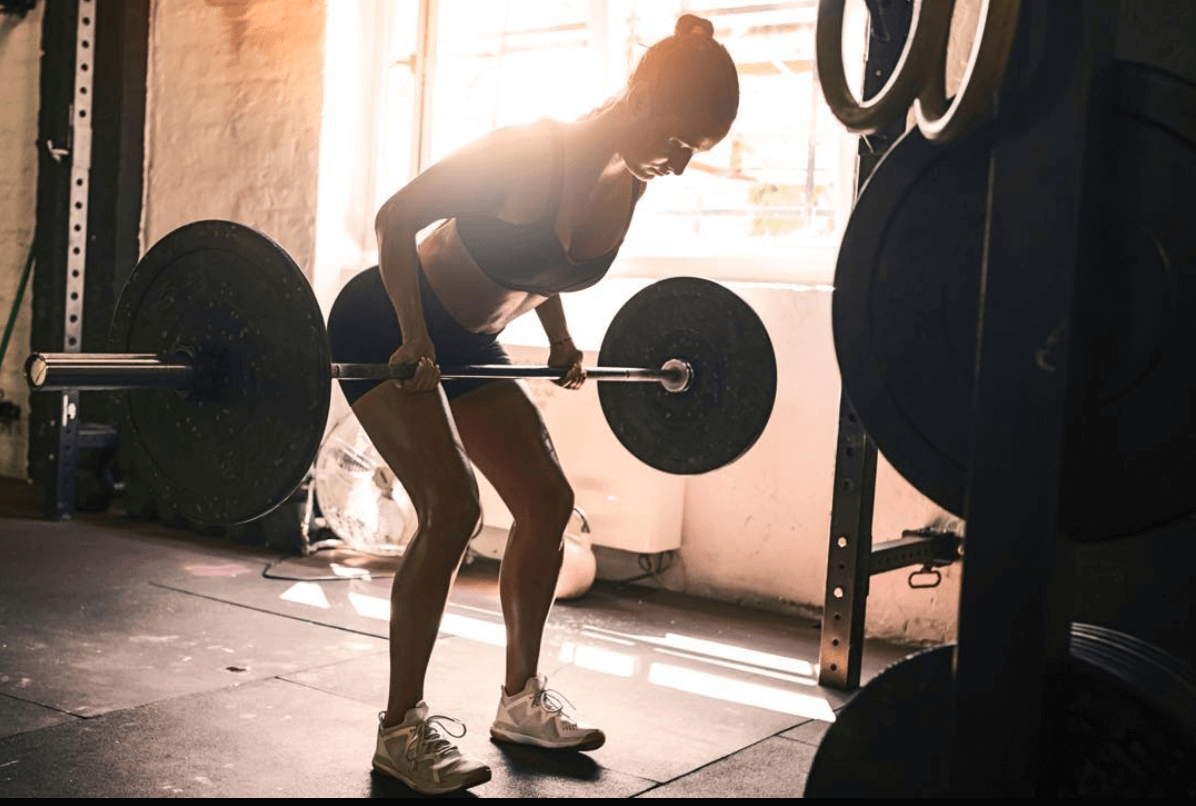When athletes experience an anterior cruciate ligament (ACL) injury, physical activity becomes highly restricted1. Following an ACL surgery, there are many factors that medical professionals have to consider when allowing athletes or other patients with ACL injuries to begin resuming physical activity1. If incorrect recommendations are made for resuming full activity, the patient can experience additional injuries by adding pressure to the injured ACL, which can be even more dangerous1. As such, figuring out when a patient can resume full activity after an ACL surgery is an incredibly difficult task for many medical professionals.
Zaffagnini et al. (2015) outlines the various intrinsic and extrinsic factors that physicians often consider when making the decision to allow patients to return to a full range of physical activity1. The intrinsic factors include genetics, which is how a patient biologically responds to an ACL surgery, as well as the type of ACL injury and the patient’s motivation or psychological attitude towards resuming full activity1. The extrinsic factors are often the ones that the physician is able to better control. These factors include the technique used during an ACL reconstruction surgery, the type of graft used, and the rehabilitation support that is provided1. Clearly, there are several variables involved in a physician’s decision to allow a patient to resume full activity after an ACL surgery. This creates a challenge for the medical professional as there is no one solution that can be applied to all patients.
To see these factors in play, McCullough et al. (2014) carried out a retrospective cohort study with football players that had experienced an ACL injury2. Looking at both high school and collegiate players, the researchers found that approximately 50% of students did not return to resuming full activity of their sport after their injury2. Some of the factors that influenced players’ ability to resume full activity include the aforementioned extrinsic factors such as the type of graft; however, it seems that a majority of the decision to resume full activity relied on the intrinsic factors2. Interestingly, psychological attitude and motivation were two factors that played a large role, but literature on this matter and how these factors can be used to increase the percentage of players resuming full activity is quite scant2.
Ardern et al. (2014) is just one of the small handful of studies that investigates how psychological factors can influence a player’s return to full activity following an ACL injury3. Using a cross-sectional study design, the researchers looked at factors such as self-efficacy, psychological readiness, and fear of reinjury to assess how a patient’s psychological attitude might have influenced their recovery3. The results revealed that athletes who had completely resumed full activity after surgery were those who
initially had more positive attitudes indicating higher psychological readiness3. For players who had not resumed full activity, the researchers found that players often had a fear of reinjury or a lack of trust in their own body’s abilities3. Ardern et al. (2014) provides rather interesting insights as information on the effect of psychological factors can help physicians then create better interventions and programs for patients to resume full activity.
These studies are critical as a medical professional’s decision to allow their patient to resume full activity after an ACL surgery relies on a large variety of variables. More research similar to Ardern et al. (2014) exploring different factors in greater detail are needed in order for physicians to develop more successful rehabilitation plans for their patients.
References:
(1) Zaffagnini S, Grassi A, Serra M, Marcacci M. Return to sport after ACL reconstruction: how, when and why? A narrative review of current evidence. Joints. 2015;3(1):25‐30. Published 2015 Jun 8.
(2) McCullough KA, Phelps KD, Spindler KP, et al. Return to high school- and college-level football after anterior cruciate ligament reconstruction: a Multicenter Orthopaedic Outcomes Network (MOON) cohort study. Am J Sports Med. 2012;40(11):2523‐2529. doi:10.1177/0363546512456836
(3) Ardern CL, Österberg A, Tagesson S, Gauffin H, Webster KE, Kvist J. The impact of psychological readiness to return to sport and recreational activities after anterior cruciate ligament reconstruction. Br J Sports Med. 2014;48(22):1613‐1619. doi:10.1136/bjsports-2014-093842
